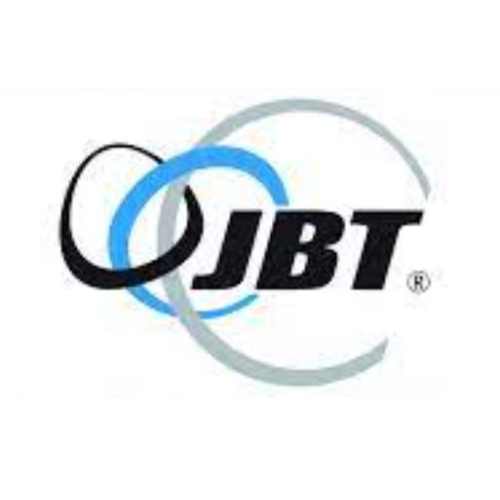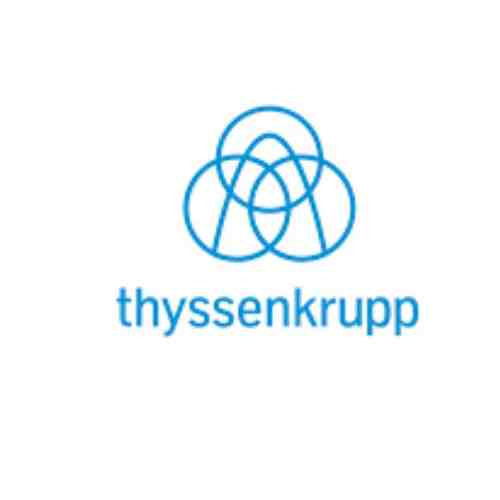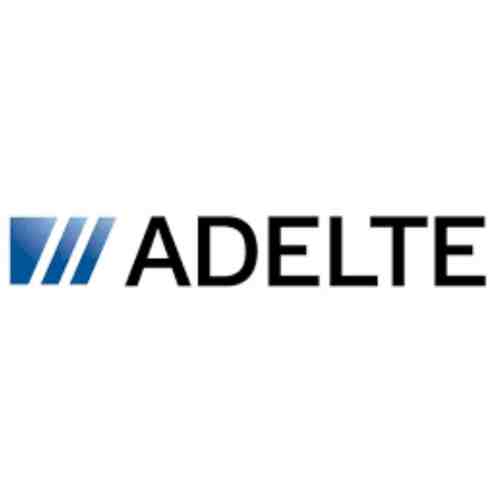Exploring Passenger Boarding Bridges in Malaysia in 2024
Welcome aboard, fellow travel enthusiasts! Have you ever stopped to think about those enclosed corridors that connect you from the terminal building straight into your aircraft? Those marvels of modern engineering are called passenger boarding bridges (PBBs), and in this post, we’ll be taking a fascinating deep dive into their world in the context of Malaysia’s booming aviation industry.
Fasten your seatbelts as we explore the who, what, when, where, and why of PBBs in Malaysia, with a glimpse into the future of air travel in this Southeast Asian nation.

The Malaysian PBB Landscape
Malaysia has emerged as a significant player in the global aviation industry. Major airports like Kuala Lumpur International Airport (KLIA) and Penang International Airport (PIA) handle a staggering number of passengers annually. To cater to this ever-growing demand, a thriving ecosystem of airport ground equipment (AGE) providers has blossomed in Malaysia.
These companies, often referred to as airbridge manufacturers, passenger jetway manufacturers, or aircraft boarding bridge suppliers, play a crucial role. They design, manufacture, install, and maintain the intricate PBB systems that ensure a smooth and efficient passenger boarding process.
Here are some key players in the Malaysian PBB landscape:
- Pos Aviation Malaysia: They offer comprehensive ground handling services, including PBB operations.
- TK Elevator Malaysia: This global leader provides a wide range of airport solutions, including PBBs specifically designed for Malaysia’s diverse aircraft traffic.
This is not an exhaustive list, but it highlights the expertise and innovation present in Malaysia’s PBB sector.
A Look at Advanced PBB Systems
The world of PBBs is constantly evolving. Gone are the days of simple, single-tunnel bridges. Today, Malaysian airports are embracing cutting-edge technology to enhance the passenger experience. Here are some exciting developments:
- Automated PBBs: Imagine a PBB that maneuvers itself to dock with the aircraft, eliminating the need for manual positioning. This technology is already being implemented in some airports worldwide, and Malaysia is actively exploring its potential for increased efficiency and safety.
- Triple-Tunnel PBBs: These behemoths cater to the giant Airbus A380, featuring three tunnels – one for each passenger deck of the aircraft – ensuring a seamless boarding experience for all passengers on this double-decker marvel.
Biometric boarding systems are another exciting frontier. Integrating these systems with PBBs could revolutionize boarding by streamlining passenger identification and verification. Imagine walking through a PBB scanner that seamlessly verifies your identity and grants you access to the aircraft – a glimpse into the future of air travel.
Eco-Friendly PBBs for a Greener Future
As environmental consciousness takes center stage, the concept of sustainable passenger boarding bridges is gaining traction. Energy-efficient PBBs are being developed, incorporating features like LED lighting, improved insulation, and even the use of recycled materials in construction.
Malaysia, a nation known for its commitment to sustainable practices, is well-positioned to be a leader in adopting these eco-friendly PBB solutions.
The Malaysian Aviation Industry
The Malaysian aviation industry is experiencing a period of exciting growth. Here are some key trends for 2024:
- Increased Passenger Traffic: As travel restrictions ease and economic activity picks up, passenger numbers are expected to surge. This will drive the demand for efficient PBB systems.
- Focus on Regional Connectivity: Malaysia’s strategic location makes it a natural hub for regional travel. Airlines are expected to expand their networks within Southeast Asia, requiring a robust PBB infrastructure to manage passenger flow.
- Investment in Airport Infrastructure: To accommodate the growing demand, Malaysian airports are likely to invest heavily in infrastructure upgrades, including the procurement of modern PBB systems.
Optimizing the Boarding Process
The boarding process can sometimes be a bottleneck in air travel. Fortunately, advancements in PBB technology are geared towards making it smoother. Here’s how:
- Faster Boarding Times: Automated PBBs and improved bridge designs can significantly reduce boarding times, leading to shorter turnaround times for aircraft and a more relaxed travel experience for passengers.
- Enhanced Accessibility: Modern PBBs often incorporate features like wider doorways, ramps with variable inclines, and dedicated elevators to cater to passengers with disabilities. This ensures an inclusive and comfortable boarding experience for all.
Price List
- Customization: PBBs are often customized based on size, features (automated vs. manual, single vs. triple tunnel), and specific needs of the airport.
- Manufacturer: Different manufacturers have varying pricing structures.
- Project-specific factors: Installation costs, maintenance contracts, and additional features can influence the final price.
However, to give you a general idea, a typical PBB can range from MYR 5 million to MYR 20 million (USD 1.17 million to USD 4.68 million). This is a broad estimate, and the actual cost could be higher or lower depending on the specifics mentioned above.
Get a Quote from Top 6 Global Leader PBB Manufacturers
FAQs
Who makes passenger boarding bridges in Malaysia?
Several Malaysian companies manufacture and supply PBBs, including Pos Aviation Malaysia and TK Elevator Malaysia. These firms ensure a smooth flow of air traffic with innovative bridge designs.
What are the latest technologies used in Malaysian PBBs?
Airports in Malaysia are embracing advancements like automated PBBs for self-docking and triple-tunnel bridges for giant A380s. Biometric integration for seamless passenger verification is also being explored.
How are PBBs making air travel in Malaysia more sustainable?
Malaysia is adopting eco-friendly PBB solutions with features like LED lighting and improved insulation to reduce energy consumption. This aligns with the nation’s commitment to sustainable practices.






